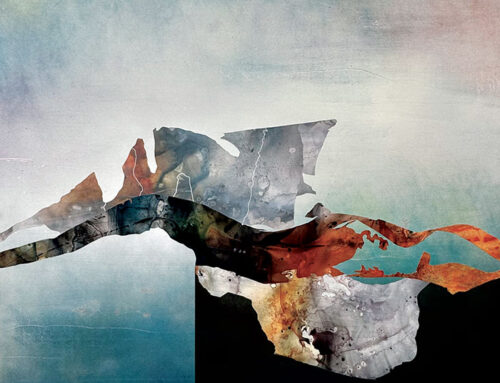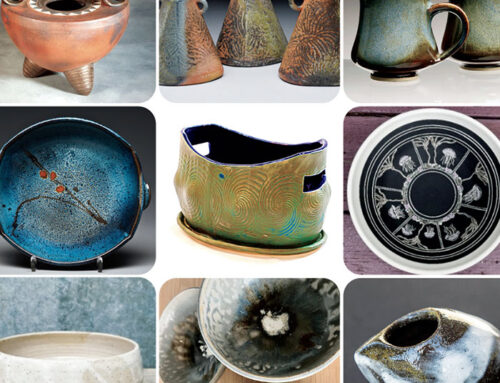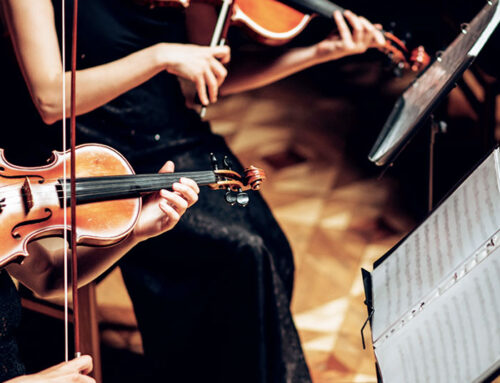The exquisite moments and scenes captured by Guillaume Monsergent’s lens remind us why wildlife photography is so very popular. It’s not just about showing us creatures or places we wouldn’t otherwise see. And it’s not only about conservation and the vulnerability of key areas. It’s about entering wild worlds and understanding wild livelihoods and ancient patterns. Wildlife photography gives us a glimpse of how our own lives entwine and interface with
wild lives.
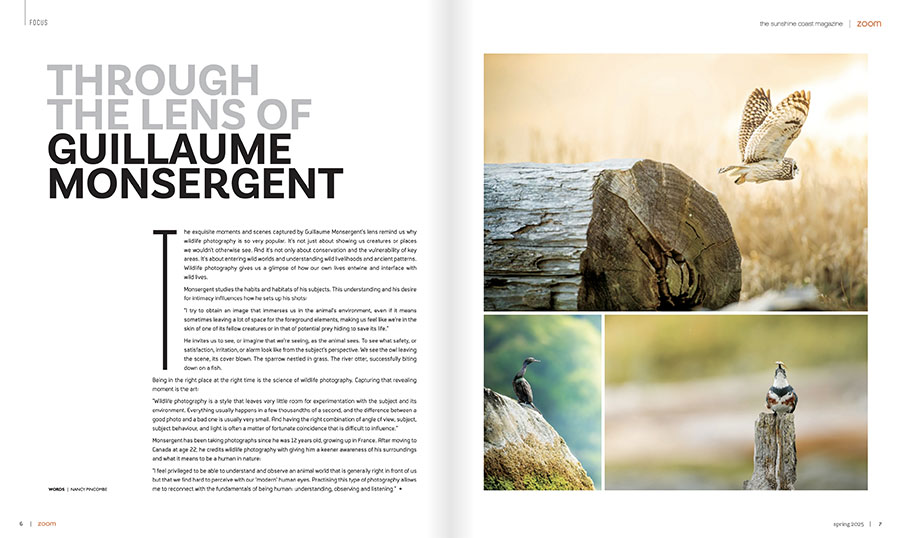
Monsergent studies the habits and habitats of his subjects. This understanding and his desire for intimacy inflluences how he sets up his shots:
“I try to obtain an image that immerses us in the animal’s environment, even if it means sometimes leaving a lot of space for the foreground elements, making us feel like we’re in the skin of one of its fellow creatures or in that of potential prey hiding to save its life.”
He invites us to see, or imagine that we’re seeing, as the animal sees. To see what safety, or satisfaction, irritation, or alarm look like from the subject’s perspective. We see the owl leaving the scene, its cover blown. The sparrow nestled in grass. The river otter, successfully biting down on a fish.
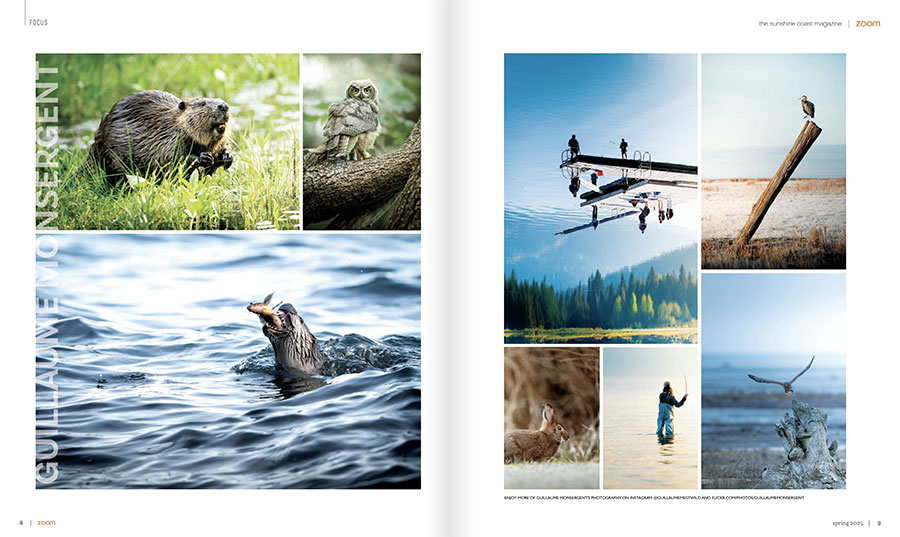
Being in the right place at the right time is the science of wildlife photography. Capturing that revealing moment is the art:
“Wildlife photography is a style that leaves very little room for experimentation with the subject and its environment. Everything usually happens in a few thousandths of a second, and the difference between a good photo and a bad one is usually very small. And having the right combination of angle of view, subject, subject behaviour, and light is often a matter of fortunate coincidence that is difficult to influence.”
Monsergent has been taking photographs since he was 12 years old, growing up in France. After moving to Canada at age 22, he credits wildlife photography with giving him a keener awareness of his surroundings and what it means to be a human in nature:
“I feel privileged to be able to understand and observe an animal world that is generally right in front of us but that we find hard to perceive with our ‘modern’ human eyes. Practising this type of photography allows me to reconnect with the fundamentals of being human: understanding, observing and listening.”


